
Ground Cover Plants For Sun
Ground-hugging plants can be shrubs, grasses, or perennials. Smothering weeds with their leafy stems, they help fill “sunny” difficult areas such as a steep, sloping bank or a rocky area, and next to sun-baked patios and decks. Species adapted to long periods without rain, such as alpines and succulents, are often tough in other ways. Many can withstand harmful insects and don’t require regular feeding or pruning.
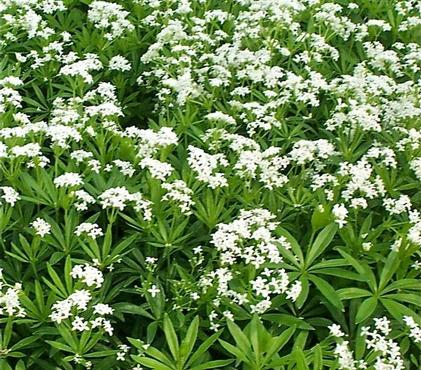
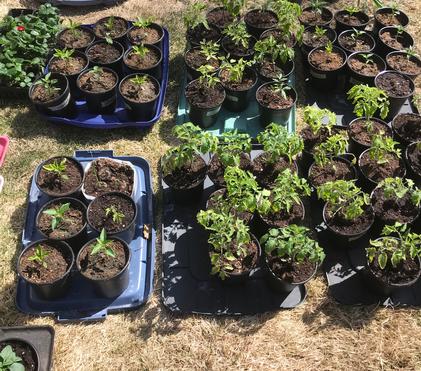
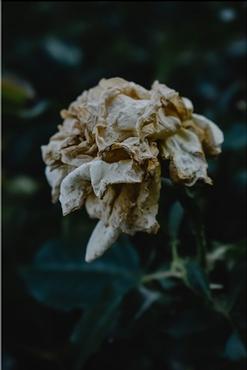



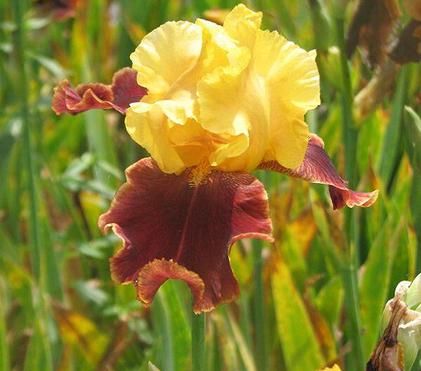

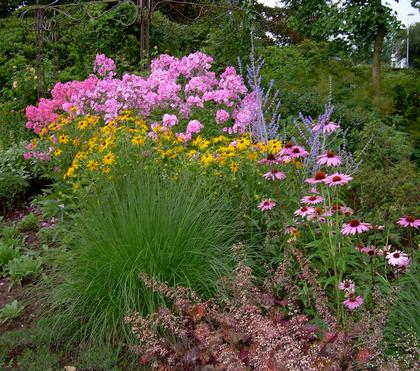
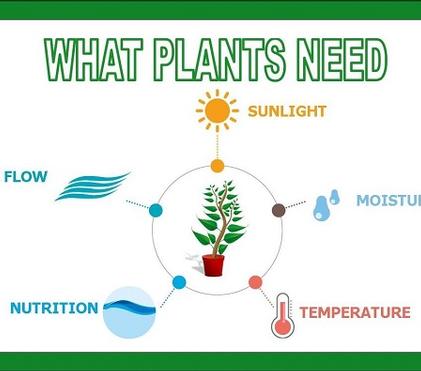
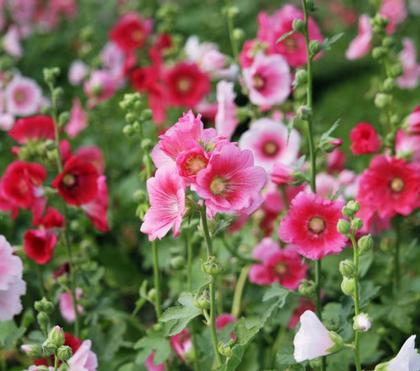
![The Ultimate Guide To Pruning Raspberries [Alberta] The Ultimate Guide To Pruning Raspberries [Alberta]](_ccLib/image/blog/THUM-46.jpg)